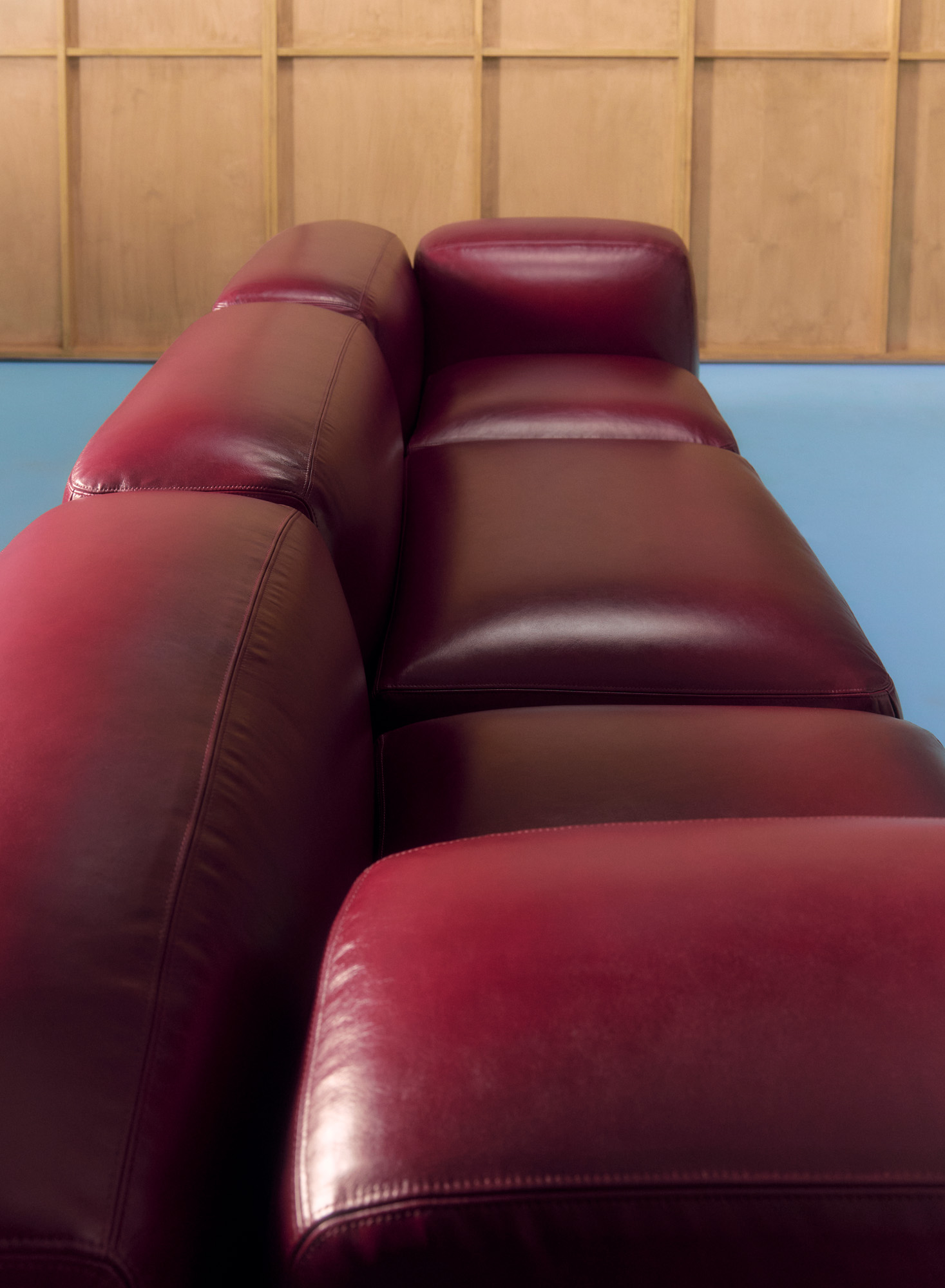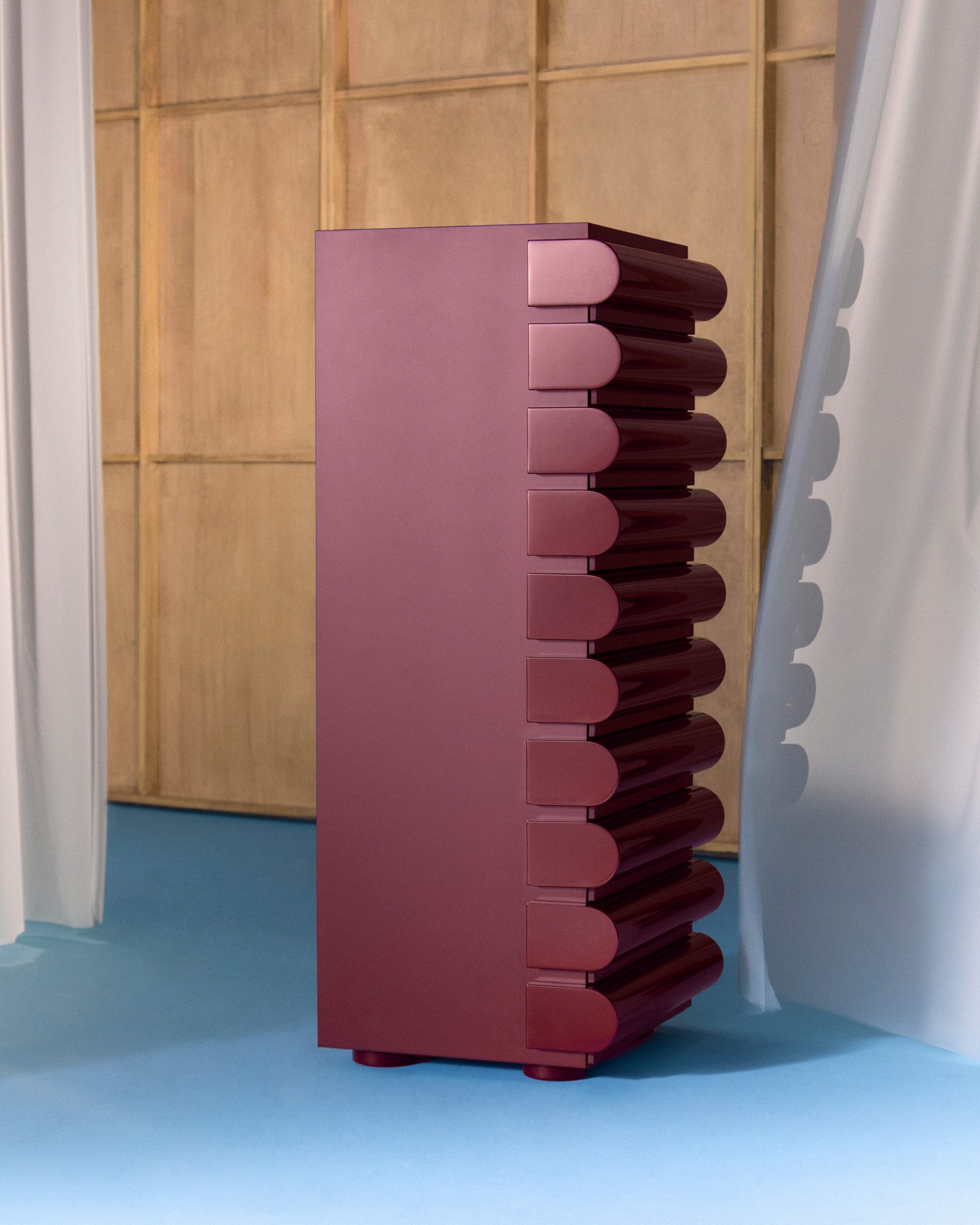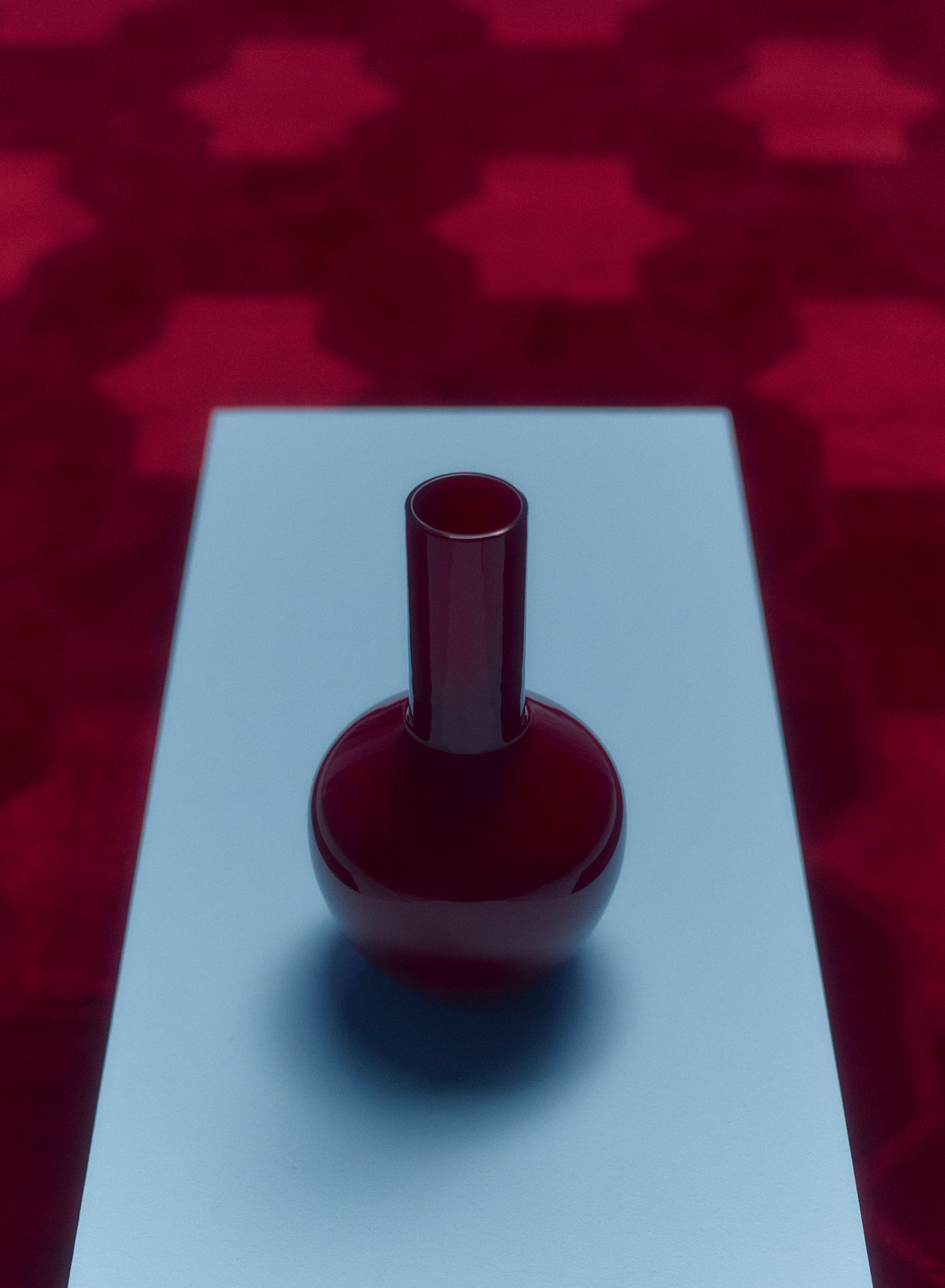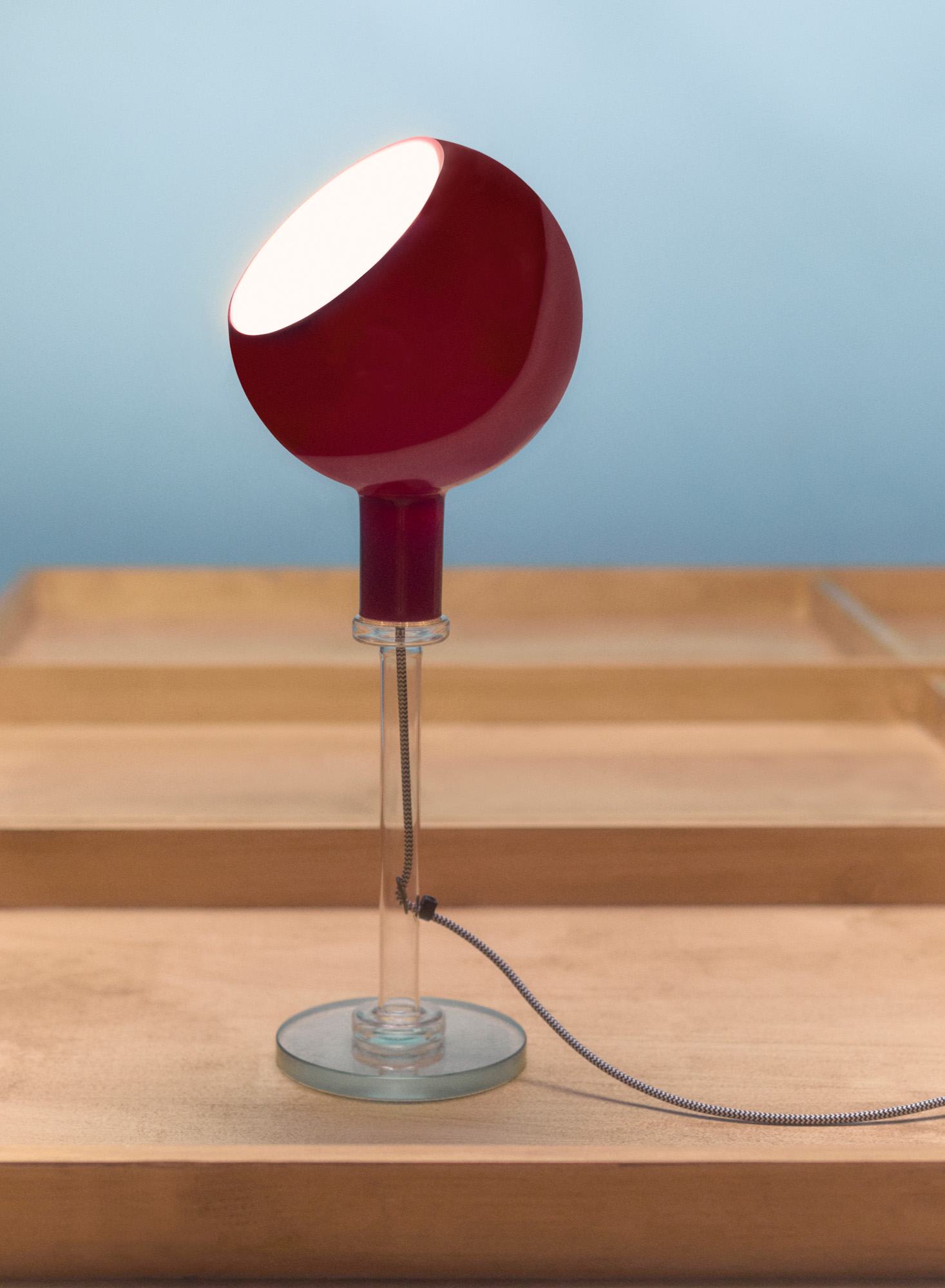
When Sabato De Sarno was appointed creative director of Gucci in 2023, he had wantedhis inaugural runway show to take place on the historic cobblestoned streets of Milan’s Brera district. Those arrangements were dashed when a freak rainstorm forced the show indoors, but De Sarno has never tired of celebrating his passion for his adopted city and the timelessness of Italian style. That sentiment was reconfirmed in the days leading up to Milan Design Week in April, when it was announced De Sarno would launch his first furniture collection for the brand.
However, De Sarno, alongside the project’s curator, Michela Pelizzari, founder of creative agency PS, wouldn’t create a collection from scratch. Instead, they would reissue five 20th century pieces by designers whose work helped make Milan the design capital it is today. ‘Design objects have always been a source of inspiration for me, especially when it comes to icons,’ says De Sarno of the decision to launch his first furniture collection with Gucci. ‘I have discovered them, observed them, collected them. I have explored their stories.’ Unveiled at Gucci’s Via Montenapoleone flagship store during Milan Design Week, the collection comprised five important pieces by Nanda Vigo, Gae Aulenti, Piero Castiglioni, Mario Bellini, Tobia Scarpa and Piero Portaluppi.
Gucci interprets past icons through a contemporary lens

According to Pelizzari, the choice of these designers was inextricably tied to De Sarno’s early explorations of the Gucci archive. ‘At the time, Sabato was finding the brand’siconic pieces and reproducing them in the collection,’ she says. ‘So the idea of an ‘icon’was important.’ However, finding the right balance of products was a challenge. De Sarno and Pelizzari wanted to include pieces that played an important role in the canon of 20th-century Italian design but hadn’t yet become cult – or rather, popular – in the contemporary landscape. ‘It was important to choose pieces that were iconic but not super famous,’ says Pelizzari. ‘Cult products are obviously all iconic, but it’s not true that all iconic pieces are already cult.’ Unsurprisingly, Gucci are keen to preserve the objects’ exclusive aura. Each item will be made to order and only be available to purchase on the Gucci website for one year before being retired.

The collection can be described as comprising vital but lesser-known gems. There is Vigo’s ‘Storet’ cabinet, designed in 1994 and reissued by Acerbis in 2020. ‘We wanted something sexy, with a female point of view,’ Pelizzari says of the narrow cabinet with a stack of curved lacquered drawers. They also chose the ‘Parola’ tabletop lamp, designed by Aulenti and Castiglioni for FontanaArte, a deceptively simple design that incorporates three different types of glasswork. And the collection includes a 1970s-era sofa by Bellini, the Milanese genius behind B&B Italia’s ‘Camaleonda’ sofa and the more recently reissued ‘Le Bambole’ from 1972. His modular ‘Le Mura’, re-released by Tacchini in 2022, is defined by a low, boxy shape that can be arranged as a sofa, loveseat or chaise. Pelizzari and De Sarno also wanted to include smaller, tabletop items, landing on Venini’s ‘Opachi’ vase by Scarpa. ‘If you asked a child to draw a vase, that would be the ‘Opachi’,’ says Pelizzari. ‘Ithas the most perfect, simple shape.’

Of the five pieces, the only completely original object is the ‘Clessidra’ rug by CC-Tapis and the Portaluppi Pattern Project by Pictalab, which translates motifs found in the architecture of famed Milanese architect Piero Portaluppi into vibrant wallcoverings – and now, rugs. ‘The silk and wool together really show off the richness of the colour,’ says Pelizzari of the design, which resembles a chain-link diamond pattern in Himalayan wool and silk pile.

Colour is one of the most integral elements of the project. The deep burgundy that De Sarno has dubbed ‘Rosso Ancora’ – which popped up in the form of mini dresses and leather bags on his runway, and in all of the messaging that has been released by the brand since then – represents the literal fil rouge that runs throughout the collection. ‘Gucci Design Ancora starts exactly from these classics that have given shape and personality to the concept of Italian design, [which] today is so recognisable and loved all over the world,’ says De Sarno. ‘Translating the ‘Le Mura’ sofa, the ‘Clessidra’ rug, the ‘Parola’ lamp,the ‘Storet’ cabinet and the ‘Opachi’ vase in our Rosso Ancora colour aims to celebrate the values of Italian style.’

According to Pelizzari, Gucci’s Design Ancora is meant to be held up as a mirror to De Sarno’s quarterly collections for the brand. His first fashion campaign in 2023 featured a cluster of fresh-faced models posing in front of a stark white background. In one image, the models are styled in contrasting shades of burgundy red and acid-toned chartreuse. This became the visual starting point for the Milan Design Week installation by Spanish designer Guillermo Santomà, who took the idea of a photoshoot and transformed it into amaze-like room rendered entirely in the same acid green. Each of the walls featureda sloped base that recalls an infinity wall, the curved sets used in photo studios that obscure the seam between the backdrop and floor, diminishing all sense of depth. The effect created an optical illusion that made it seem as if the contrasting red objects were floating free within the bright green space.

In future, Pelizzari explains that Gucci Design Ancora will be conceived as an extension of De Sarno’s creative vision. But for the launch, it was key for both De Sarno and Pelizzari that they celebrate Italian ingenuity in design – though, Pelizzari hints, they are open to expanding their horizons. ‘Made in Italy doesn’t just mean Italians,’ she says.
A version of this article appears in the July 2024 issue of Wallpaper*, available in print on newsstands, on the Wallpaper* app on Apple iOS, and to subscribers of Apple News +. Subscribe to Wallpaper* today







